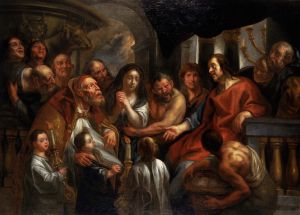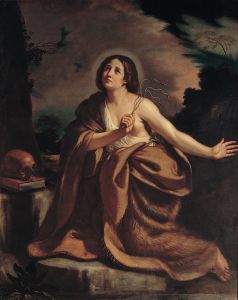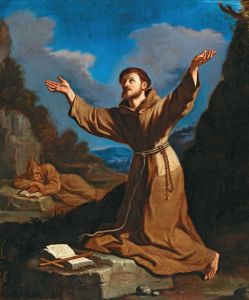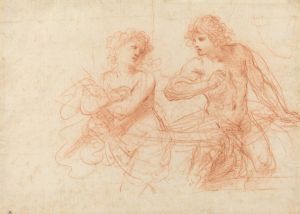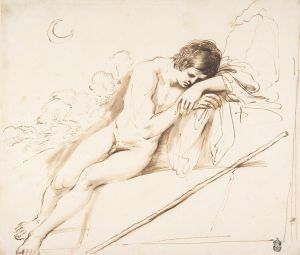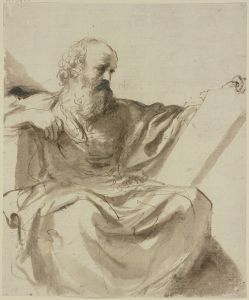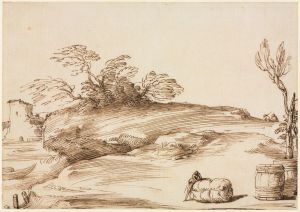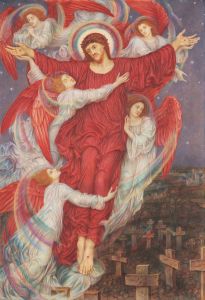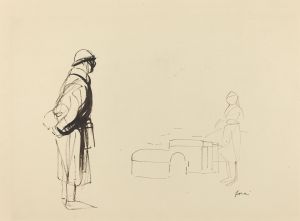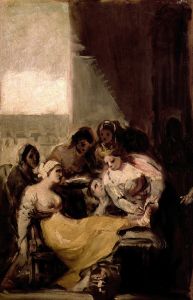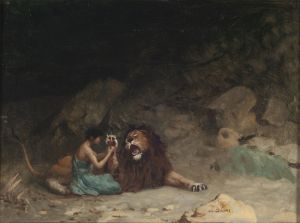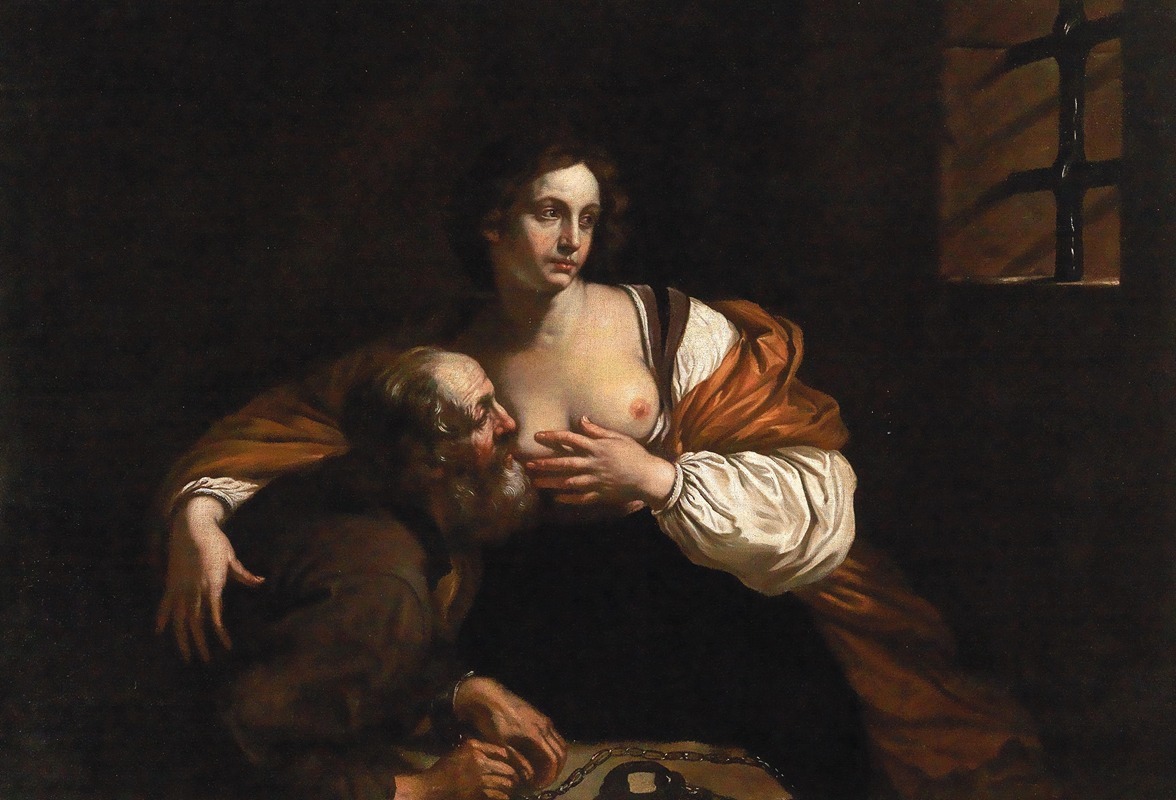
Caritas Romana
A hand-painted replica of Guercino’s masterpiece Caritas Romana, meticulously crafted by professional artists to capture the true essence of the original. Each piece is created with museum-quality canvas and rare mineral pigments, carefully painted by experienced artists with delicate brushstrokes and rich, layered colors to perfectly recreate the texture of the original artwork. Unlike machine-printed reproductions, this hand-painted version brings the painting to life, infused with the artist’s emotions and skill in every stroke. Whether for personal collection or home decoration, it instantly elevates the artistic atmosphere of any space.
"Caritas Romana" is a painting by the Italian Baroque artist Giovanni Francesco Barbieri, known as Guercino. Created in 1612, this artwork is an exemplary representation of the Baroque style, characterized by its dramatic use of light and shadow, emotional intensity, and dynamic composition.
The painting depicts the Roman legend of "Caritas Romana," which tells the story of a woman named Pero who secretly breastfeeds her father, Cimon, after he is imprisoned and sentenced to death by starvation. This act of filial piety and compassion ultimately leads to Cimon's pardon. The narrative is a powerful exploration of themes such as familial duty, sacrifice, and the triumph of human kindness over adversity.
Guercino's interpretation of this legend is notable for its emotional depth and technical mastery. The composition is intimate, focusing closely on the figures of Pero and Cimon. Guercino employs chiaroscuro, a technique that uses stark contrasts between light and dark to create a sense of volume and three-dimensionality. This technique highlights the tender interaction between the daughter and her father, drawing the viewer's attention to the emotional core of the scene.
The figures are rendered with a naturalistic attention to detail, characteristic of Guercino's work. Pero is depicted with a serene and compassionate expression, embodying the virtues of charity and devotion. Cimon, on the other hand, appears frail and vulnerable, emphasizing his dependence on his daughter's selfless act. The artist's use of soft, flowing drapery adds a sense of movement and grace to the composition, enhancing the overall emotional impact.
"Caritas Romana" reflects the Baroque era's fascination with dramatic narratives and moral themes. The painting not only showcases Guercino's skill as a painter but also serves as a visual exploration of the human condition, highlighting the capacity for love and sacrifice in the face of suffering.
Guercino was a prominent figure in the Baroque art movement, known for his ability to convey complex emotions and narratives through his paintings. Born in Cento, Italy, in 1591, he was a self-taught artist who gained recognition for his innovative use of color and light. His works were highly sought after by patrons across Europe, and he received numerous commissions from religious and secular clients alike.
"Caritas Romana" is housed in the Pinacoteca di Brera in Milan, Italy, where it continues to be admired by art enthusiasts and scholars. The painting remains an important example of Guercino's artistic legacy and the enduring appeal of Baroque art. Through its compelling narrative and masterful execution, "Caritas Romana" invites viewers to reflect on the timeless values of compassion and familial love.





